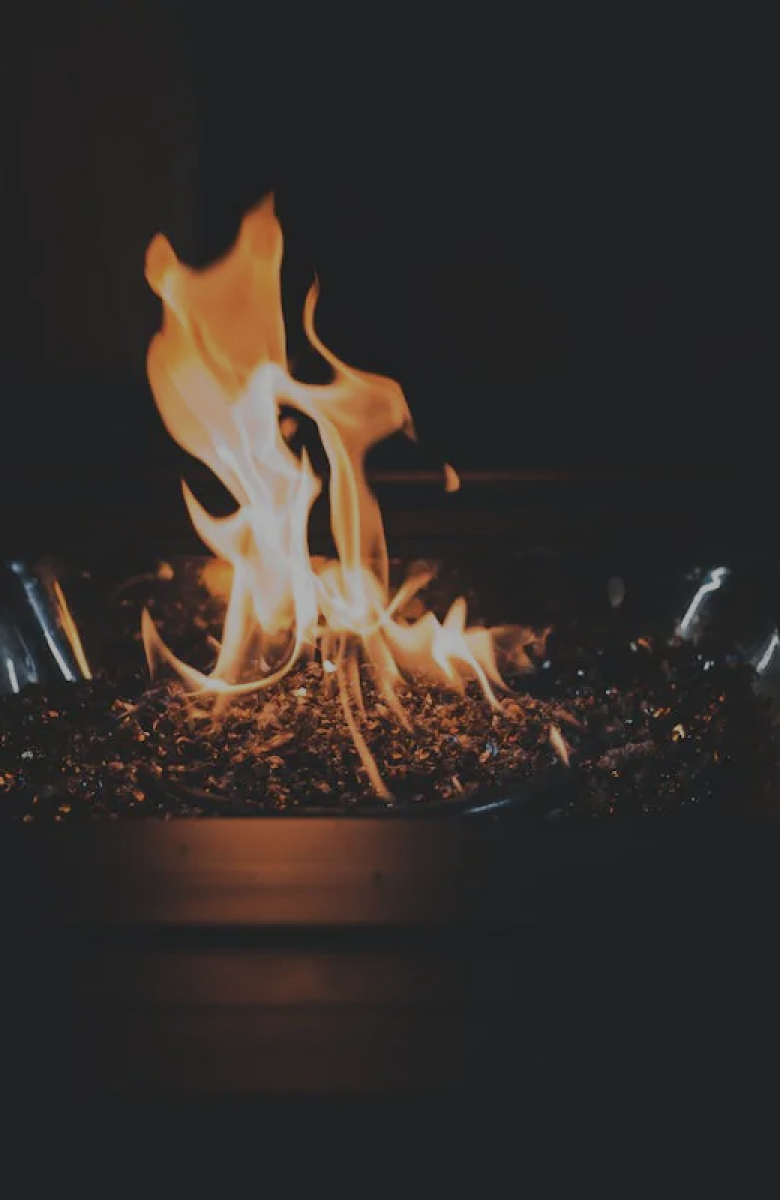Having your chimney swept is vital to your and your family's safety. This video guide shows you what’s involved and what to look for.
Welcome to HouseFuel, the UK’s fastest-growing coal merchant.
When using a solid fuel appliance and burning coal or ovals, you must use it safely. Misuse of an appliance or improper maintenance can have potentially life-threatening implications. Most issues with an appliance are highly preventable through the maintenance of your appliance correctly.
One of the most straightforward steps to prevent problems is to ensure that your appliance is regularly swept and cleaned. The modern sweep process is extremely clean. The fireplace is masked off to prevent any dust or soot from entering the room, and sheets are used to protect carpets and furniture. The sweep typically begins the process only once these measures are in place.
When using fuel, materials can be built in the flue if the fire does not burn efficiently. These deposited materials can build up over time and cause a chimney fire. Chimney fires burn extremely hot, often reaching temperatures up to 1200c. Sweeping regularly removes this explosive build-up, ensuring hot air and gasses can proceed through the chimney safely. Once swept, the improved draft through the appliance significantly improves fuel efficiency. This reduces further build-up and helps to maximise the fuel you have purchased.
When being swept, any other blockages that may exist within the chimney can be found. Materials such as birds' nests or loose bricks are common and can obscure the chimney space. These obstacles can affect the up-draft of the chimney, which, when burning fuels, can result in gases entering the room rather than being drawn through the flue out of the property.
Is there any chance I’ve heard about possibly carbon monoxide coming into the room? Is that possible?
Yes, it is. If a chimney fire damages the chimney and gaps occur in the joints and then the chimney, then smoke will get into the cavity wall or into the upstairs accommodation, which could prove fatal to someone in an upstairs room, perhaps sleeping.
Because of carbon monoxide?
Yes exactly.
The best time to have your chimney swept is just before winter begins. This way, you can keep warm throughout winter, safe knowing everything is in good working order.
How often should you have your chimney swept?
The fire service recommends once a year for all chimneys, including gas fires.
Is it the same frequency for smokeless fuel or bituminous coal?
Smokeless fuel needs it less frequently. The recommended intervals are coal, six months, smokeless fuel, once a year and burning wood you are supposed to sweep it every three months.
Once cleaned, you should receive a numbered and dated receipt certifying that your appliance has been swept. This can be useful for house insurance should anything go wrong.
For further information on solid fuel, including more detail on maintaining your appliance and health and safety tips, please visit HouseFuel.co.uk, or contact us on the number shown.




